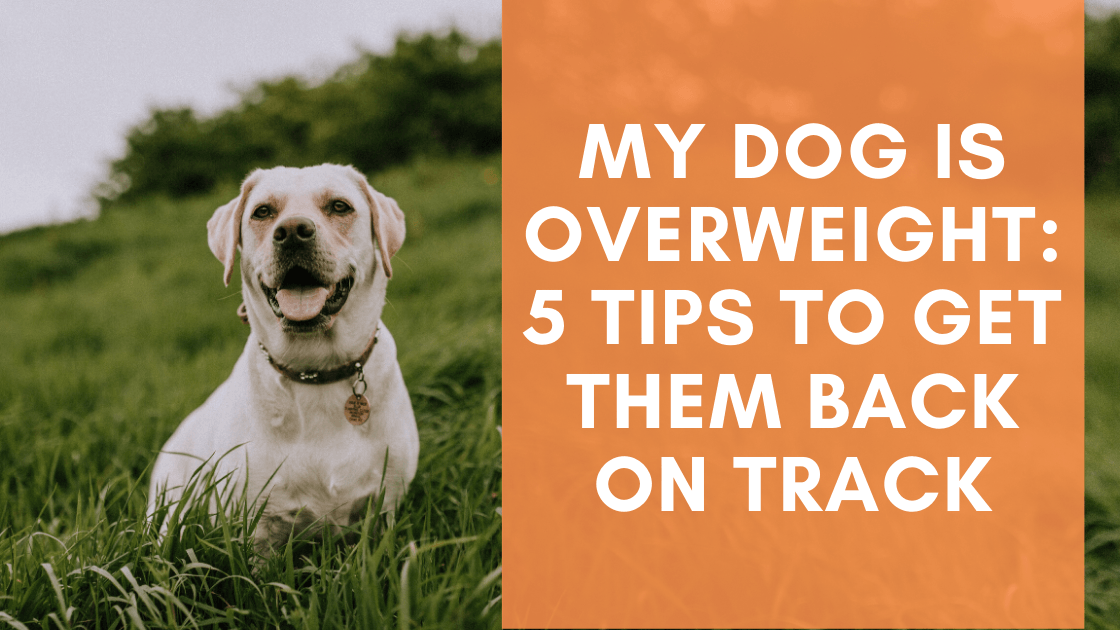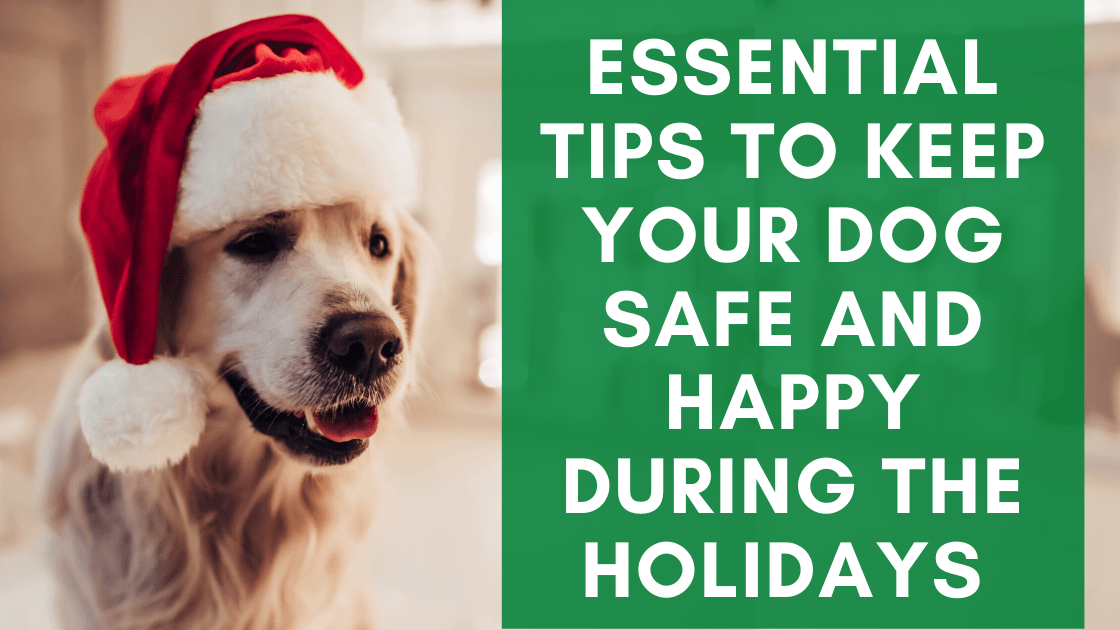When the winter months arrive and temperatures dip below freezing we all find ourselves adding extra layers and grabbing hats and gloves before heading out with our pups. But what about Fido?
Can dogs get frostbite? And what about hypothermia in dogs?
The quick answer is yes. Just like humans, dogs can develop frostbite and hypothermia in extreme cold. For this reason, you should never leave your dog unattended when the temperature is below 32 degrees. It’s essential that they have access to the warm indoors.
There are a number of factors that affect your dog’s ability to withstand the cold, but as a general guideline, you should have your guard up about cold weather safety when the temperature drops below 32 degrees.
Let’s discuss frostbite in dogs, dog hypothermia, and more cold weather safety tips so that you and your furry friend can have a fun and safe winter.
How cold is too cold for your dog?
On the most frigid days, it’s important to pay attention to your dog’s wellbeing and keep them safe in the cold. We all know to layer up and heed the advice of wind chill warnings and frostbite warnings put out by the National Weather Service, but how cold is too cold for your dog?
Well, that depends a lot on your dog's breed, coat type, size, weight, health, and conditioning. To put it simply, a Siberian Husky is going to last a heck of a lot longer in the cold than a greyhound. Now, that example is pretty extreme (and maybe obvious) but in some cases, it might not be as clear.
According to PetMD, cold weather will not affect most breeds of dogs until it drops below 45 degrees. The next threshold is right around freezing, and finally for even the toughest dogs, when it drops below 20 degrees their time outside should be limited.
Factors to determine your dog’s cold weather endurance:
Breed: Breeds that originate in northern or cold-weather climates will innately have better endurance for the cold. This might be especially true of northern working breeds like Newfoundlands, Huskies, and even Labradors. If you have a mixed-breed dog and live in a cold climate a dog DNA test could be helpful.
Coat-type: Next, consider your dog’s coat type. Dog’s with double-layer coats are designed to withstand cold temperatures. Their coats keep them insulated, and in some cases, even wick away moisture to help them stay warmer in snowy conditions. You might visibly notice a thicker coat on your dog during the winter months. If your dog has a thin or single-layer coat, a dog jacket or sweater is a good idea when the temperature is below 32 degrees.
Size and weight: Large breed dogs at a healthy weight can typically stand up better to the cold than smaller or underweight dogs. This is because the ratio of their skin’s surface area to the body is less. Their body doesn’t have to work as hard to keep them warm.
Health: Your dog's age and health are determining factors in their cold-weather endurance. Senior dogs tend to have less tolerance for cold weather and dogs with underlying health issues like heart disease, cancer, diabetes or thyroid disorders. For example, we notice our large, thick-coated German Shepherd can’t hang in the New England cold as well as our other dogs because of his thyroid disorder.
Conditioning: You know how when the temps start to dip in October you feel chilly but by April 50 degrees is a welcomed warmth? It’s your body's conditioning to the cold. Dogs work similarly. If your dog regularly spends time in a cold climate or doing cold-weather activities, their bodies adapt and handle the cold weather better.
Moisture: If you are out in cold weather while there is precipitation your dog’s fur, their endurance for the cold won’t last as long. Similarly, if your dog swims and temperatures are below freezing, it’s important to get them dry and warm before frostbite or hypothermia can set in. Our lab will plunge into water no matter the season and we’ve often had to cut a walk or hike short as icicles started to form on his underbelly.
Signals that it is too cold for your dog:
- Shivering
- Seeking warm spots or asking to go inside
- Lifting paws off the ground
- Acting lethargic or uncoordinated
Can dogs get frostbite?
Just like humans, dogs can get frostbite. However, certain breed’s frostbite endurance is higher than ours because they do not have as much exposed skin.
Frostbite is a survival mechanism wherein the body restricts blood flow to areas furthest away from the heart in order to keep the core body temperature where it should be and promote organ function.
For this reason, extremities are most at risk for developing frostbite. On your dog, this means the tips of their ears, their nose, tail, and paws.
What are the symptoms of frostbite in dogs?
- Discoloration of the skin on the affected area- it may look pale, gray, bluish, or even black
- Skin will be cool to the touch and may be rough
- You may notice blisters or ulcers
- When you touch the area, it will be painful for your dog
- You may see visible frost or ice on the skin
- As the area thaws, it will become red, swollen and very painful
(source)
How to treat frostbite in dogs:
If you suspect frostbite, it’s essential to get your dog warmed up. Warm the affected areas by using a blanket or towel that’s been warmed in the dryer. It’s not recommended to put direct heat in the form of a blow dryer to the area. If your dog is also suffering from hypothermia, work to raise their core body temperature as well (source).
As the affected area warms, you want to look for it turning red. While this is painful for your dog, it means the frostbite is not as severe. If the area begins to darken, the frostbite has progressed and immediate vet attention is needed.
In either case, if you suspect frostbite it’s essential to call your vet to discuss either at-home treatment or to have your dog seen to discuss a plan of action.
Hypothermia in dogs
Hypothermia occurs when your dog’s core temperature begins to drop. Naturally, your dog’s body temperature runs higher than humans, ranging from 101 to 102 degrees. As hypothermia sets in, your dog’s core temperature drops and if left untreated can cause their organ systems to fail. Once your dog’s temperature drops below 95 degrees, the situation is severe.
For these reasons, in extreme cold, it's important not to leave your dog unattended. You need to be monitoring your dog for warning signs that it’s time to head inside and warm up.
What are the warning signs of hypothermia in dogs?
- Shivering, shaking, trembling
- Gums or eyelids turning blue
- Decreased heart rate
- Lethargy and weakness
- Dilated pupils
- Difficultly walking or breathing
- Unconscious or unresponsive in severe cases
What to do if you suspect hypothermia in your dog?
Get them warmed up using dry heat, quickly! To raise their core body temperature, wrap them in warm, dry blankets and towels and keep them near a heat source. You can also give them warm fluids, like broth, to help raise their body temperature.
Monitor their vitals, and depending on the severity of their symptoms, call your vet for further instructions and the possibility of an exam. Take your dog’s temperature every 15 minutes. Once it’s above 100 degrees, they should be improving significantly.
(source)
Keep your dog safe this winter
During the winter months, it is most important to pay attention to temperatures and never leave your dog unattended in the cold weather. You should always be assessing them and keeping an eye out for indicators that it’s just too cold or that something is wrong.
If your dog has a short or single-layer coat, or your plan to be outdoors for an extended period, dog jackets, sweaters, and even booties can be effective in keeping your dog safe when the temps drop.
Want to be ready for every season? Learn about how to keep your dog safe in the summer, too!



